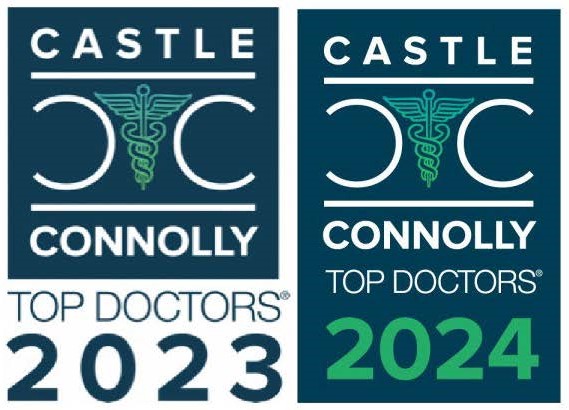
Disclaimer: this piece was originally published in Australia, so the perspective on “Ketamine” and Spravato might not be identical to that held in the United States. Additionally, the author uses the terms “ketamine” and “Spravato” interchangeably, and although there are similarities, they are not the same thing. Instead, Spravato is the name of a prescription nasal spray that uses esketamine. However, both ketamine and esketamine have been shown in various trials to help with depression in a different manner than any other antidepressant Rx. Most antidepressants elevate key chemicals in the brain, such as dopamine, serotonin, and norepinephrine. These are all messengers between the brain cells. Antidepressants like this can work because more neurotransmitters mean higher-quality communication.
Contrarily, ketamine and esketamine work by blocking NMDA receptors, which in turn elevate glutamate levels—the brain’s richest chemical messenger. When NMDA receptors are blocked, AMPA receptors also release a myriad of molecules to help with brain cell communication. This is called synaptogenesis, which is thought to affect mood and thought patterns.
Ketamine vs. Esketamine (Spravato)
These drugs might seem and sound alike, but their differences are important. Ketamine was first commonly used as a veterinary anesthetic drug and when treating soldiers on the battlefield. Ketamine has been prescribed for depression in the past, but at a much lower dose compared to what is necessary for anesthesia. This ketamine is also called racemic ketamine (a combination of R and S ketamine). In the past, the FDA approved it as an anesthetic, but it has not received approval as an antidepressant. According to the American Psychiatric Association, there isn’t enough data about using ketamine for major depressive disorder (MDD) to move forward with approval processing at this point. Ketamine is typically administered through an IV. When taken orally, it metabolizes too quickly (though ketamine is taken orally as a street/party drug).
Esketamine, or Spravato, is a different type of ketamine that is administered through the nose. Results are rapid and effective. It is exclusively the S isomer of ketamine and is a fairly new development. Given its newer status, it is more likely to be picked up for clinical trials. The FDA approved the use of esketamine in 2019 to treat adults with MDD with suicidal ideation (MDSI) and/or treatment-resistant depression (TRD), but it must be used along with an antidepressant Rx. Currently, three short-term and two long-term studies have supported the benefits of Spravato. In 2020, a study of 774 people across five trials showed that those with MDD or MDSI who were given esketamine enjoyed better results than those who received a placebo.
Spravato and Antidepressants
Many conventional oral antidepressants have been shown to increase suicidal ideation, especially at the onset of treatment (and particularly in young adults). However, Spravato (and lithium) are the only two drugs that have been shown to actually decrease suicidal thoughts. Since Spravato is stronger than ketamine, Spravato is administered at a lower dose—which may mean fewer side effects. Spravato must be administered by a medical professional at a Spravato-approved center, like the TMS Institute of Arizona. Since Spravato is considered a DEA Schedule III substance, and thus may be highly addictive, patients must stay in the office for some time after administration so that staff can watch for any side effects. Typically, three doses spaced five minutes apart are needed, followed by two hours of supervision.
Both ketamine and Spravato can have side effects including temporary nausea, increased blood pressure, drowsiness, headaches, and dissociation. When this happens, side effects usually peak at 40 minutes and dissipate within two hours. For those who experience side effects, they are most common during the first two treatments.
A Case of Confusion
Vice journalist Arielle Richards says, “It frustrates me that [ketamine] gets talked about as being such a new treatment, and experimental, and there’s been 23 years of evidence now.” That may be true of ketamine, but not esketamine/Spravato. Confusing and conflating the two is common—and unfortunately, for those who know ketamine as a party drug, may make them wary of esketamine. Richards points out that Spravato is only administered in a clinical setting in the US, calling the spaces “ketamine clinics.” Such language attempts to discredit the potential benefits of Spravato for those who struggle to get the results they want and deserve in treatment of their MDD.
If you are interested in learning more about Spravato and how it may complement your antidepressant prescription, contact the TMS Institute today. Call our office during business hours or, for the quickest response, complete the online contact form now.













